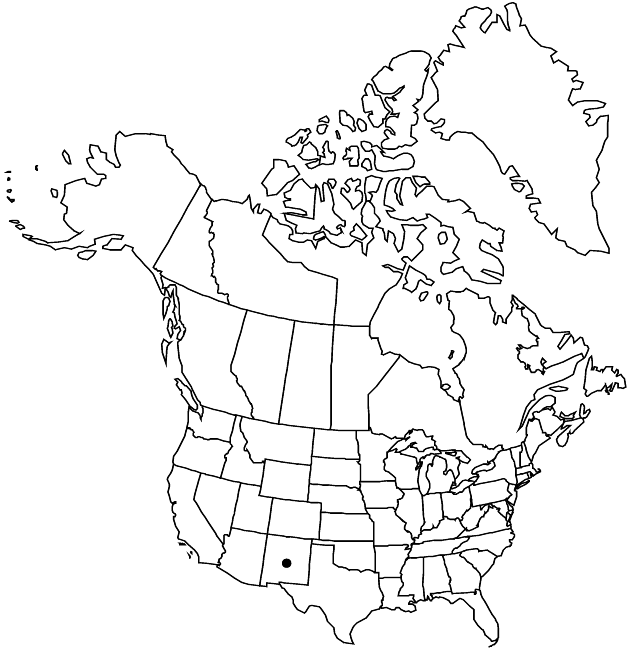Difference between revisions of "Hymenoxys brachyactis"
Contr. U.S. Natl. Herb. 16: 192. 1913.
FNA>Volume Importer |
imported>Volume Importer |
||
| (3 intermediate revisions by 2 users not shown) | |||
| Line 32: | Line 32: | ||
-->{{#Taxon: | -->{{#Taxon: | ||
name=Hymenoxys brachyactis | name=Hymenoxys brachyactis | ||
| − | |||
|authority=Wooton & Standley | |authority=Wooton & Standley | ||
|rank=species | |rank=species | ||
| Line 47: | Line 46: | ||
|publication year=1913 | |publication year=1913 | ||
|special status= | |special status= | ||
| − | |source xml=https:// | + | |source xml=https://bitbucket.org/aafc-mbb/fna-data-curation/src/2e0870ddd59836b60bcf96646a41e87ea5a5943a/coarse_grained_fna_xml/V19-20-21/V21_1113.xml |
|tribe=Asteraceae tribe Heliantheae | |tribe=Asteraceae tribe Heliantheae | ||
|subtribe=Asteraceae (tribe Heliantheae) subtribe Gaillardiinae | |subtribe=Asteraceae (tribe Heliantheae) subtribe Gaillardiinae | ||
Latest revision as of 21:08, 5 November 2020
Biennials or perennials, 30–60 cm (monocarpic; sometimes with sparingly branched, woody caudices). Stems 1–4(–8), green throughout, branched distally, glabrous or sparsely hairy. Leaves: blades simple or lobed (lobes 3–9), glabrous, gland-dotted; mid leaves lobed (lobes 3–7, terminal lobes 0.8–1 mm wide). Heads (7–)40–150(–250) per plant, in paniculiform to corymbiform arrays. Peduncles 1.2–2 cm, glabrous or sparsely hairy. Involucres usually urceolate, sometimes campanulate, 6–8 × 5–6 mm. Phyllaries in 2 series, unequal; outer 8(–9), basally connate 1/2 their lengths, lanceolate, 4–6 mm, apices acuminate to acute; inner 8(–10), obovate, 4.5–5 mm, apices mucronate. Ray florets 8(–9); corollas yellow, 7–8.5 × 3–4(–4.8) mm. Disc florets 25–60+; corollas 3.1–4.2 mm. Cypselae narrowly obpyramidal, 2.1–2.5 mm; pappi of 5(–7) obovate to lanceolate, aristate scales 2.5–3 mm.
Phenology: Flowering Jul–Sep.
Habitat: Roadsides, open areas, edges of pine forests
Elevation: 2000–2500 m
Discussion
Selected References
None.
